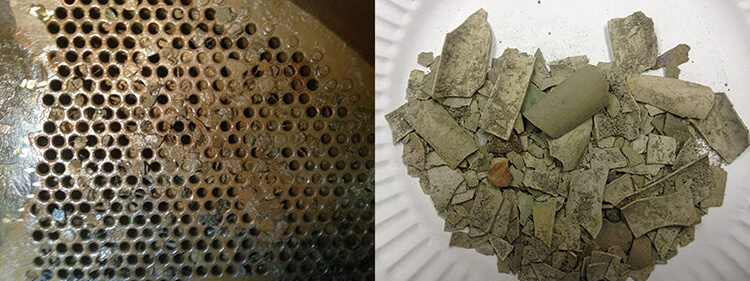What are chillers?
Commercial buildings use Heating, Ventilation and Air Conditioning (HVAC) systems to dehumidify and to cool the building. Building occupants similarly carry great expectations, that the HVAC system will function as intended . . . to create a comfortable interior environment regardless of the conditions external to the building.
Chillers have become an essential HVAC component of a wide variety of commercial facilities, including hotels, restaurants, hospitals, sporting arenas, industrial and manufacturing plants, etc. The industry has long recognized that chiller systems represent the single largest consumer of electrical usage in most facilities. They can easily consume more than 50% of the total electrical usage during seasonal periods.
In general, a chiller facilitates the transfer of heat from an internal environment to an external environment. This heat-transfer device relies on the physical state of a refrigerant as it circulates through the chiller system. Certainly, chillers can function as the heart of any central HVAC system.
How does it work?
A chiller works on the principle of vapor-compression or vapor absorption. Chillers provide a continuous flow of refrigerant to the cold side of a process water system at a desired temperature of about 50°F (10°C). The refrigerant is then pumped through the process, extracting heat out of one area of a facility (e.g., machinery, process equipment, etc.) as it flows back to the return side of the process water system.
A chiller uses a vapor compression mechanical refrigeration system that connects to the process water system through a device called an evaporator. Refrigerant circulates through an evaporator, compressor, condenser and expansion device of a chiller. A thermodynamic process occurs in each of the above components of a chiller. The evaporator functions as a heat exchanger such that heat captured by the process coolant flow transfers to the refrigerant. As the heat-transfer takes place, the refrigerant evaporates, changing from a low-pressure liquid into vapor, while the temperature of the process coolant reduces.

The refrigerant then flows to a compressor, which performs multiple functions. First, it removes refrigerant from the evaporator and ensures that the pressure in the evaporator remains low enough to absorb heat at the correct rate. Second, it raises the pressure in outgoing refrigerant vapor to ensure that its temperature remains high enough to release heat when it reaches the condenser. The refrigerant returns to a liquid state at the condenser. The latent heat given up as the refrigerant changes from vapor to liquid is carried away from the environment by a cooling medium (air or water).

ماهو المبرد المناسب لصناعة حلبة تزلج جليدية